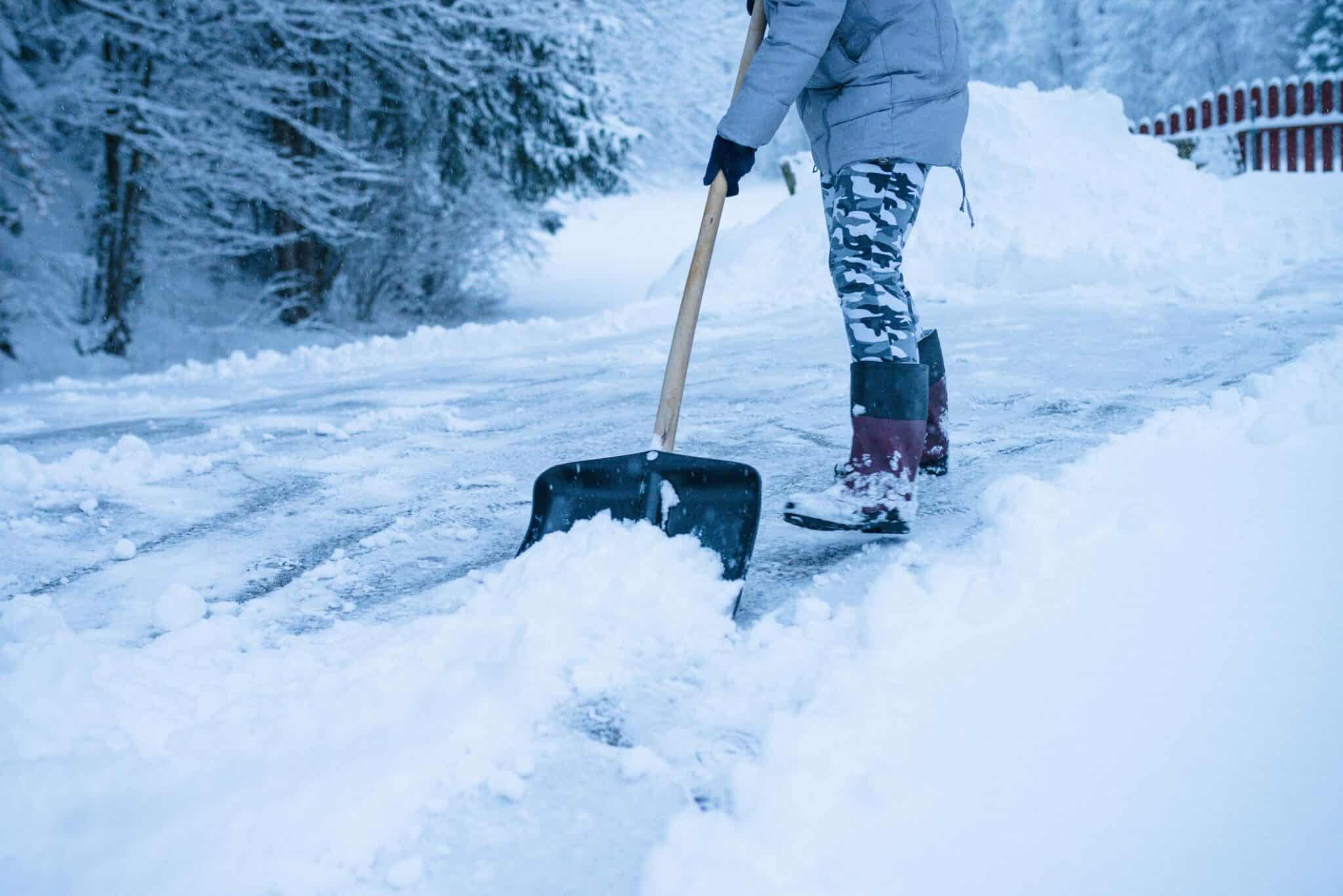
Snow removal is an essential task during the winter months, ensuring safe and accessible environments for homeowners and businesses. However, it requires careful planning, proper techniques, and adherence to best practices to ensure an efficient and successful operation. In this article, we will discuss the dos and don'ts of snow removal to help you achieve optimal results and provide top-notch service to your clients.
The Dos of Snow Removal:
- Do Plan Ahead: Before the snowfall, create a detailed snow removal plan. Identify priority areas, such as walkways, entrances, and high-traffic areas, and allocate resources accordingly. A well-thought-out plan ensures a systematic approach and helps you effectively manage the snow removal operation.
- Do Clear Snow Promptly: Remove snow as soon as possible after a snowfall. Prompt action prevents snow from compacting or turning into ice, making the removal process more challenging. Clearing snow promptly also improves safety and accessibility for residents, employees, and customers.
- Do Use Proper Techniques and Equipment: Use appropriate techniques and equipment for snow removal. Shovels, snow blowers, or plows should be used correctly to avoid damage to surfaces and to ensure efficient snow clearing. Employ trained professionals who understand proper techniques and safety protocols for effective and safe operations.
- Do Clear Snow in Layers: When using a snow blower or plow, clear snow in layers rather than attempting to remove all the snow in a single pass. Removing too much snow at once can overload the equipment and hinder its effectiveness. Clearing in layers also allows for more thorough removal and reduces the risk of damage to surfaces.
- Do Focus on Safety: Make safety a top priority during snow removal operations. Clear walkways, entrances, and parking areas to prevent slips and falls. Apply suitable de-icing materials to minimize slippery conditions. Ensure all team members are equipped with appropriate personal protective equipment (PPE) and are trained in safe snow removal practices.
The Don'ts of Snow Removal:
- Don't Push Snow onto Public Property: Avoid pushing snow from driveways or walkways onto public property, such as roads or sidewalks. This can create hazards for pedestrians and drivers and may violate local regulations. Dispose of snow in designated areas or on your property to prevent complications and maintain good community relations.
- Don't Neglect Maintenance and Repair: Regularly maintain and inspect your snow removal equipment. Address any necessary repairs or maintenance promptly to ensure optimal performance. Neglecting maintenance can lead to equipment failure during critical snow removal operations, causing delays and inconveniences.
- Don't Overlook Communication: Maintain open and clear communication with clients, employees, and other stakeholders. Notify clients of your snow removal schedule and any changes due to weather conditions. Keep employees informed about their assigned tasks and provide them with necessary updates. Effective communication ensures everyone is on the same page and minimizes confusion.
- Don't Ignore Environmental Considerations: Be mindful of environmental considerations during snow removal. Avoid using excessive amounts of de-icing materials, as they can have negative effects on plants, soil, and water sources. Consider eco-friendly alternatives or use de-icing materials sparingly, following recommended guidelines.
- Don't Underestimate Preparation: Prepare well in advance of the winter season. Ensure your equipment is in good working condition, stock up on necessary supplies, and train your team before the first snowfall. Proper preparation sets the foundation for a successful snow removal operation and enables you to respond promptly to client needs.
By following these dos and don'ts of snow removal, you can execute a successful operation while prioritizing safety, efficiency, and customer satisfaction. Plan ahead, clear snow promptly, use proper techniques and equipment, and maintain a strong focus on safety. Avoid common pitfalls such as neglecting maintenance, pushing snow onto public property, or underestimating the importance of communication and preparation. Embrace best practices, continuously learn and improve, and deliver exceptional snow removal services to keep your clients safe and satisfied throughout the winter season.
Related Posts
How to Choose the Right Tree Removal Service in Tualatin
When it comes to tree removal, choosing the right service is crucial to ensuring...
Read More
Church Chairs Clearance Sale: How to Save on Worship Seating
Furnishing a church sanctuary with high-quality seating can be a significant inv...
Read More
Customer Spotlight: Success Stories from Snow Leads Professionals
Snow Leads has revolutionized the snow removal industry by connecting profession...
Read More
Innovations in Snow Removal Technology: What’s New in the Field
Snow removal is an essential task during the winter months, ensuring safe and ac...
Read More




